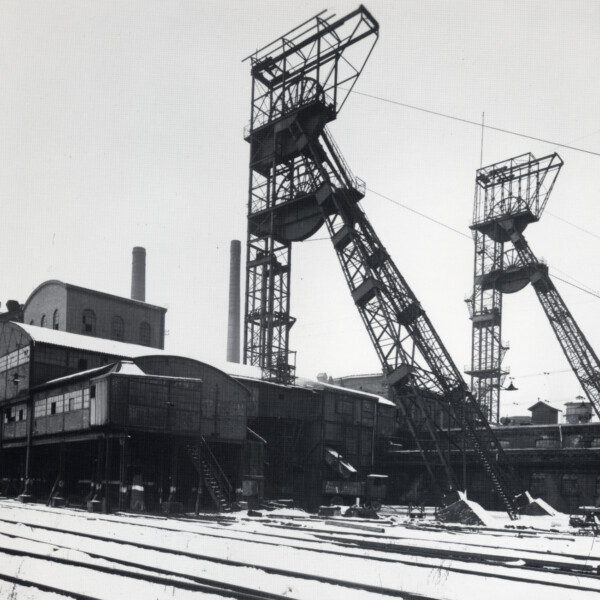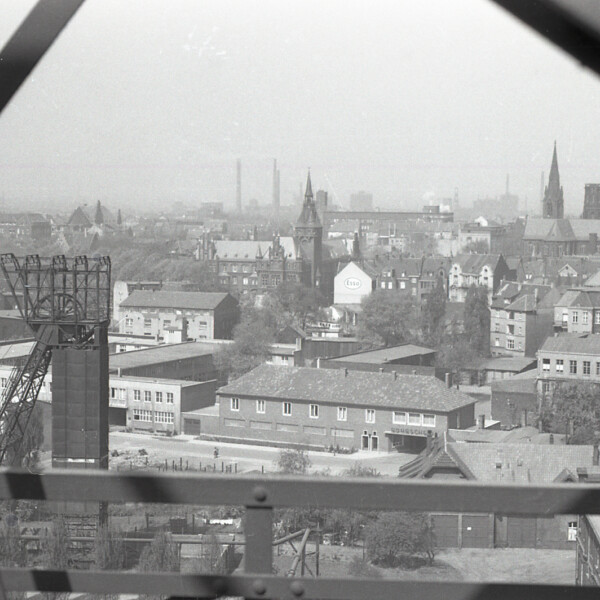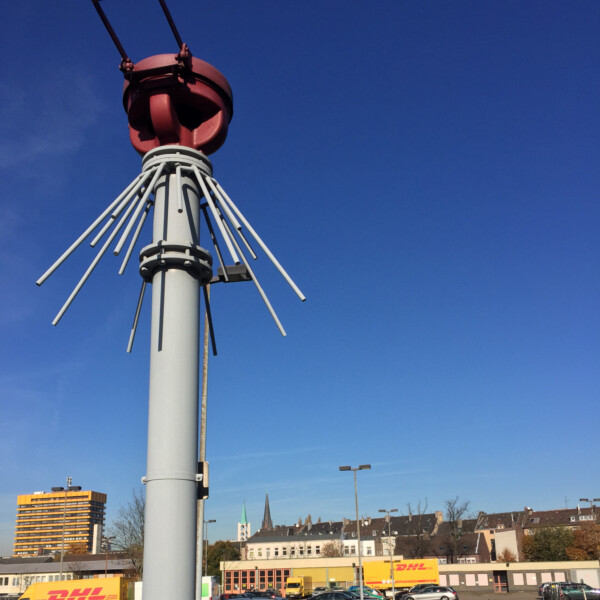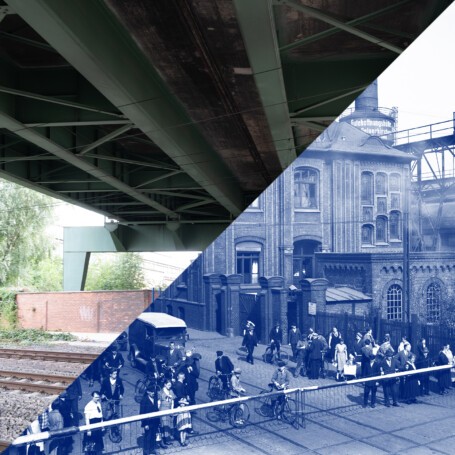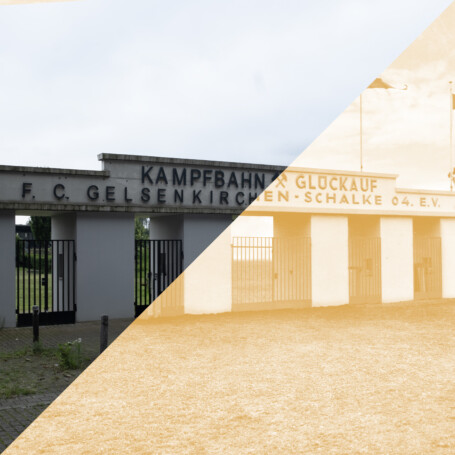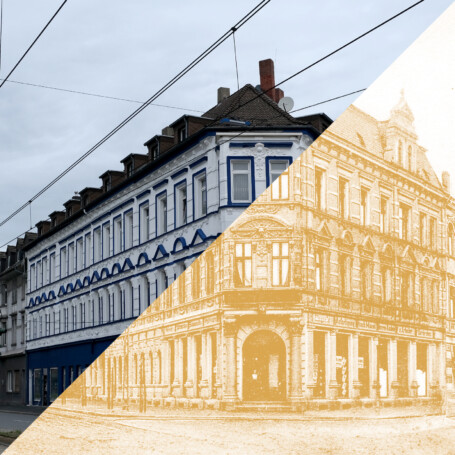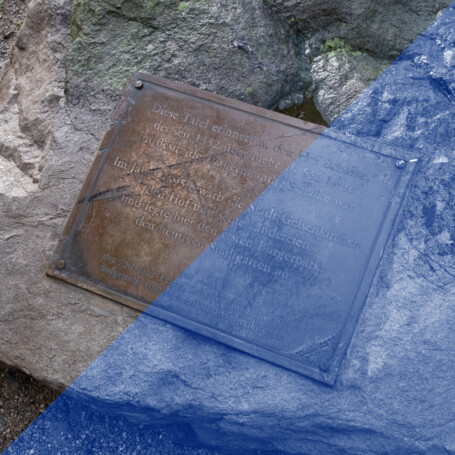Hibernia Colliery

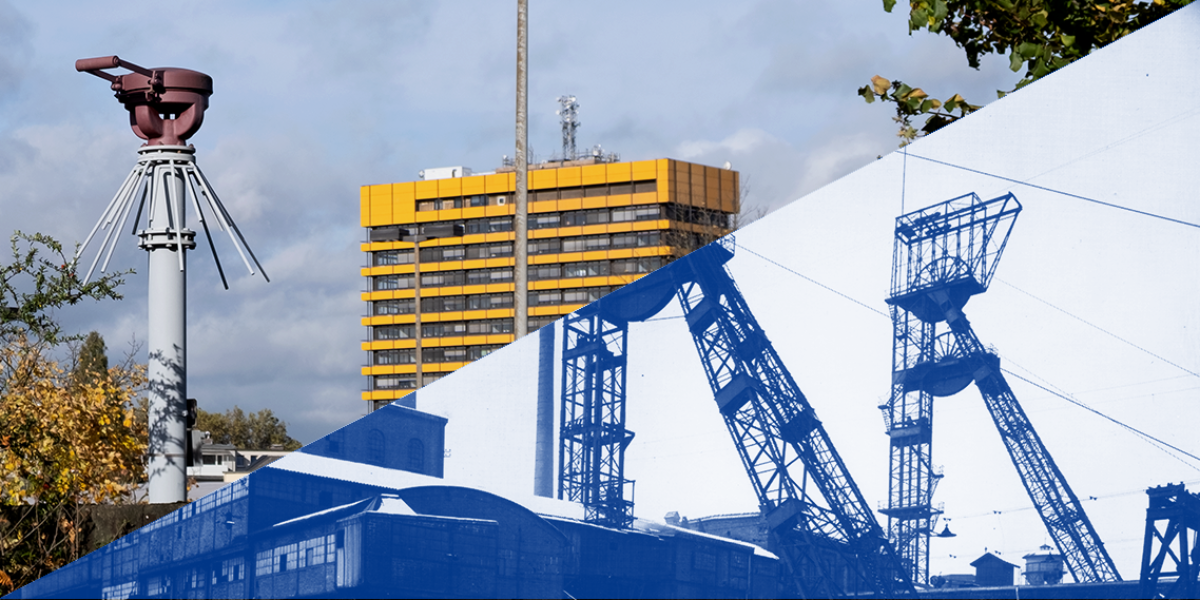
Into the depths with high-tech from abroad
Irishman Thomas Mulvany is looking for a new challenge when he arrives in the village of Gelsenkirchen in the 1850s. He senses that a black gold rush is brewing in Germany. He buys two mining fields from the wealthy farmer Ludwig von Oven in the immediate vicinity of the railway station built in 1847. For years, Von Oven had known that there was coal there. But it lies beneath the marl layer. This layer is full of water: if you dig in it, it will soon be up to your neck. Mulvany takes a short trip back home and to England to get the help he needs. He returns to Gelsenkirchen with enough money and a team of specialists. Among them is the engineer William Coulson. He has the idea that saves the day: the part of the shaft that lies in the marl layer should be lined with iron rings, known as tubbings. Then no water can penetrate. Groundbreaking happens on 17 March 1855. It is St Patrick's Day, the Irish national holidays. A few years later, Friedrich Grillo breaks ground for the Consolidation Colliery in Schalke.
The plan worked. Thanks to the money from Ireland and England and, above all, the expertise, the colliery was able to start producing coal in 1858. At the beginning, the colliery was operated by 300 Irish and Englishmen. The name Hibernia is reminiscent of its Irish origins: Hibernia is the old Latin name for Ireland and means "green island". The face of Gelsenkirchen was also to change in the years to come. In 1857, just 1,030 people lived in the small village, but by 1900 there were already 36,000. Coal was mined in Hibernia until 1925. At its peak, over 1,500 people worked here. After it was shut down, it continued to be used as a test mine. Under real conditions, it was used to test how mining could be made safer for the workers. Today, nothing remains of the old colliery and its three headframes. Only the Hibernia road and the ventilation pipes remind us that a huge underground mine used to be here.
